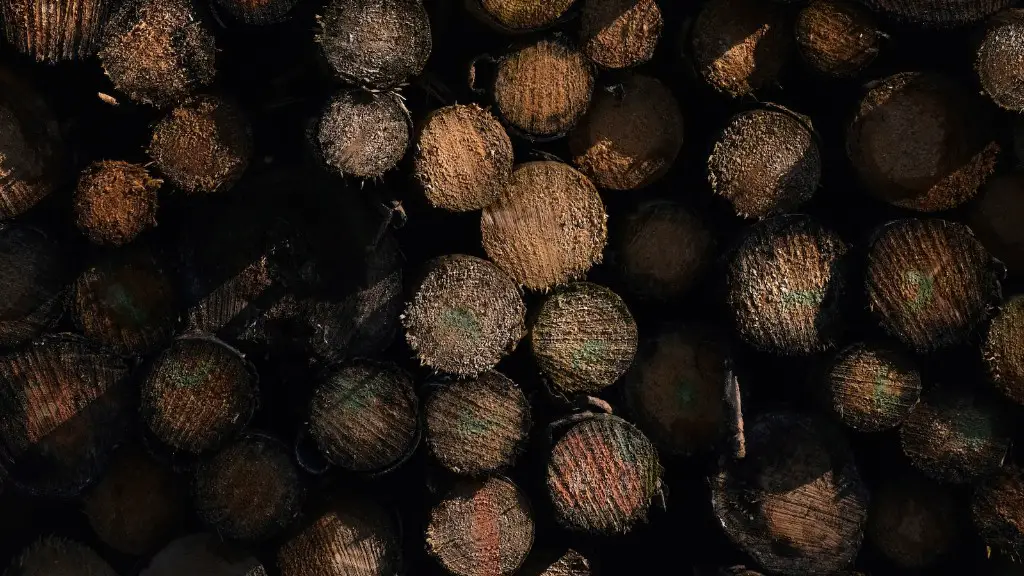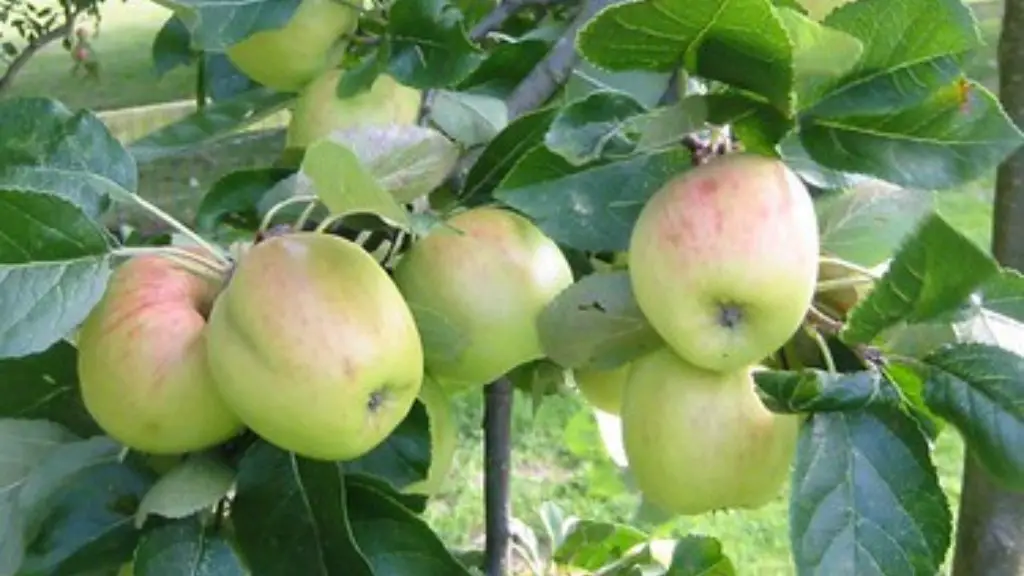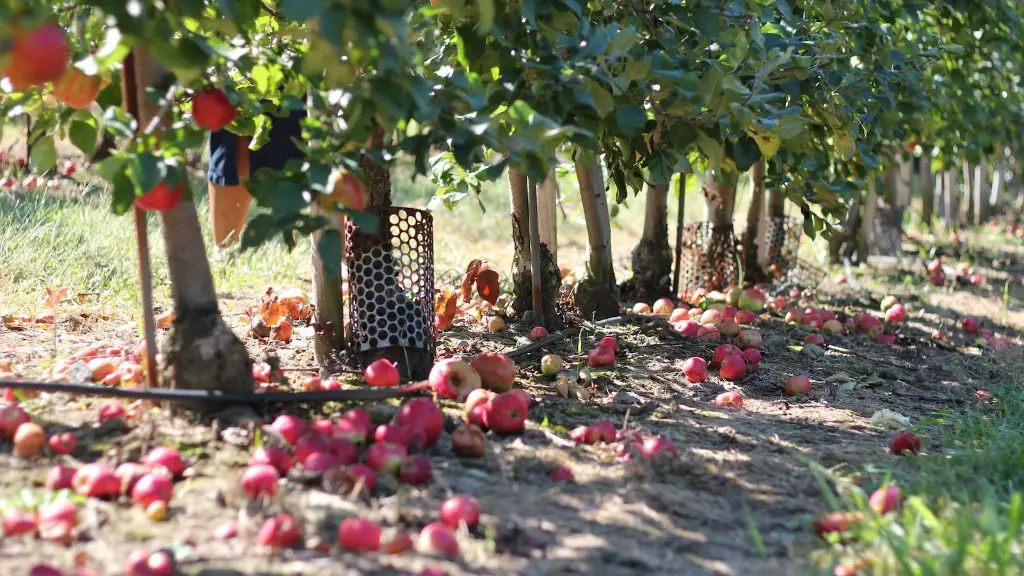When to replant avocado tree
Avocados are becoming increasingly popular and are now grown by many people all over the world. While it is incredibly rewarding to grow your own avocados, it is crucial that you maintain and care for your tree in order to maximize its yield. This article will give you insights into when you should replant your avocado tree.
An avocado tree can be typically grown from the seed of a fruit, or by rooting the stem of an existing tree. Depending on the circumstances, it can be beneficial to replant the tree in order to help ensure that it remains healthy and continues to yield satisfyingly. Replanting ensures that root system receives plenty of fresh nutrients and that any weakened or dead roots can be trimmed away.
Experts recommend replanting your avocado tree every 2-3 years. This is especially true for trees grown from seed, as the roots of these trees may be more susceptible to disease and pests. Additionally, you may want to consider replanting if the tree begins to bear fewer fruits, or if you see signs of decay or discoloration in the leaves.
There are several steps you should take in order to ensure that replanting your avocado tree is successful. The first is to purchase fresh soil made specifically for avocado trees. This soil should contain plenty of organic compost and be fast-draining. Experts also recommend adding some nitrogen-rich fertilizers to the soil when you replant. This will help promote new root growth and ensure that the nutrition your tree needs is present.
When you prepare to transplant your tree, make sure that you choose a spot in your garden that gets ample sunlight and features fast drainage. An ideal spot for an avocado tree is against a brick wall or fence where it can get plenty of sunlight and heat. Make sure to dig a hole for the tree that is large enough to accommodate the deep root system.
In addition to the above considerations, remember to take the necessary steps to protect your tree from pests and disease, such as adding a canopy or using pesticides as indicated by experts in the field. These measures can help ensure that your tree remains healthy and thriving for many years.
How to replant avocado tree
Replanting your avocado tree requires much more preparation than simply transplanting a regular plant. First, you should trim the branches so that there is plenty of breathing room for the roots, as the branches can be prone to a great deal of strain during transplanting. Additionally, make sure to dig a hole that is twice as large as the entire root system, and make sure to shovel around the hole a few times so that the soil is not too dense.
When you place the tree into the hole, spread out the roots and make sure that the tree is standing tall. You should also use a trellis or stake to help the tree remain vertical, as the root system will be in a weakened state until it re-engages to the soil. Backfill the hole with soil and mulch, taking care to make sure that no roots are exposed or damaged.
It is also important to water your tree after replanting. This not only helps your tree re-engage to the soil, but it also ensures that the soil is not overly dried out, which can detrimental to the new root system. For the first two weeks after transplanting, water your tree frequently so that the soil remains moist and the roots do not dry out.
Finally, make sure to fertilize the area around your tree. This is important as fertilizers ensure that the soil is rich and that your tree will be able to draw out the nutrients it needs. Try to spread the fertilizer in a circle around the tree and use natural fertilizers such as compost or manure to ensure that the soil composition remains as natural and beneficial as possible.
Pruning an avocado tree
Pruning is an essential part of caring for an avocado tree and it is important to prune the tree regularly in order to maximize its growth and yield. The first step in pruning is to identify and remove any dead or damaged branches from the tree. These dead branches can affect the health of the tree and should be carefully removed in order to allow for healthy growth.
The next step is to decide which branches to keep and which to remove. Experts recommend removing any branches that are crossing into one another or competing with others for sunlight. You should also consider removing any branches that are not producing fruit or flowers, as this can help promote healthier, more productive branches.
When pruning an avocado tree, always make sure to use sharp, clean scissors or pruners. This will ensure that the cuts are precise and that there is less damage to the surrounding branches. Aim to make smooth, even cuts so that the new branches have the best chance at growing healthy and strong.
Finally, make sure to provide your tree with plenty of nutrients after pruning. Pruning removes essential nutrients from the tree, so make sure to add a fertilizer a few weeks after pruning in order to make up for the lost nutrients. Doing so will ensure that the new branches have the best chance of growing healthy and strong.
Harvesting avocados
Harvesting avocados is an exciting part of owning an avocado tree, as this is when the fruits of your labor can be enjoyed. Avocados can be harvested any time after they have reached full size, usually between 6-8 months after they have been planted. However, some types of avocado may require more or less time to reach maturity. Harvesting too soon may result in smaller, less ripe fruits, while harvesting too late may result in the fruit developing brown spots or becoming overripe.
When harvesting avocados, make sure to only pick or twist off fruit that is fully mature and ready to be eaten. When checking for ripeness, it is generally better to err on the side of caution and wait a few days longer. Additionally, make sure to use gentle hands when picking and harvesting the fruit, as rough handling can cause the fruit to become damaged and unfit for eating.
To store your avocados, the best approach is to place them in cool, dark corner of the fridge or in a loosely-lidded container. This will ensure that the avocados remain fresh and last for a longer period of time. Avoid storing your avocados together with onions or other fruits as they can prematurely spoil.
Diseases affecting avocado tree
Avocado trees are surprisingly resilient, however, they can still be affected by a variety of diseases. Common problems include root rot, leaf spot, and bacterial canker. It is important to keep an eye out for signs of disease to ensure that your tree remains healthy and continues to produce nutrient-rich fruit.
A common symptom of root rot is discolored leaves or yellowing foliage on the lower parts of the tree. If you see signs of root rot, it is important to immediately check the roots for discoloration or weakening. In the event of root rot, you should contact a professional or replant your tree.
Another common disease that can afflict avocado trees is leaf spot, which is often caused by fungal spores present in the soil. This fungus can quickly spread over the foliage of your tree and cause black spots, yellowing, and leaf drop. To prevent leaf spot, make sure to regularly aerate the soil and keep your tree properly trimmed and watered.
Bacterial canker is another serious problem that can occur in avocado trees, and it is often caused by excessive moisture in the soil or on the leaves of the tree. Symptoms of bacterial canker include yellow patches on leaves and stem cankers. If you see any signs of bacterial canker, it is important to contact a professional and take the necessary steps to treat the disease.
Conclusion
Overall, replanting your avocado tree is an essential process for ensuring that it stays healthy and productive. Taking the right steps and following expert advice can lead to a successful outcome and bountiful harvest. With the right care and attention, your avocado tree can produce large amounts of nutrient-rich fruit for many years.




